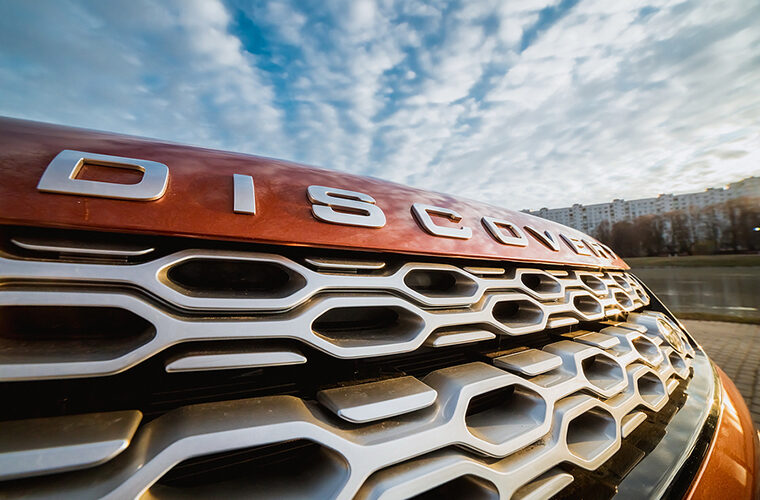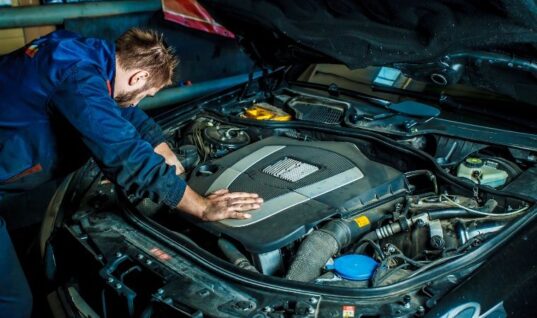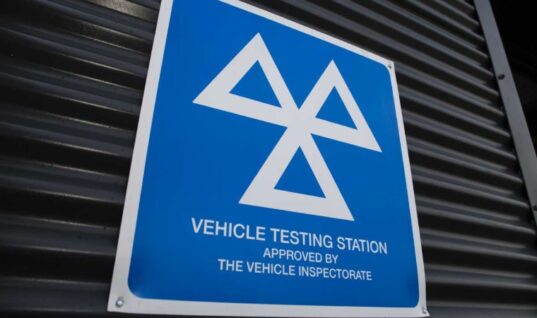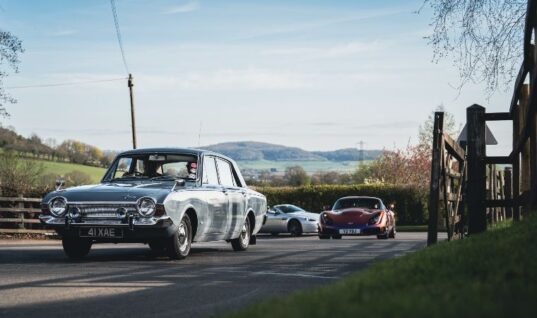IVS 360 from Opus IVS is an invaluable diagnostic support resource designed to empower technicians to repair vehicles with confidence.
Through its dedicated team of OEM-trained master technicians, the Opus IVS team provide brand-specific diagnostic support to technicians and workshop owners all over the world.
Customers can quickly and easily request support from the IVS 360 team directly from their DrivePro device.
Here is an example of a customer support request and guidance provided from the IVS 360 Land Rover brand-specific master technicians in April:
Vehicle: Land Rover Discovery Sport 2.0-litre diesel Ingenium engine.
Also affects Jaguars models and any vehicle fitted with the 2.0-litre diesel Ingenium engine, along with Range Rover Evoque, Land Rover Defender, Range Rover and Range Rover Sport.
Vehicle fault: Vehicle in restricted performance.
Fault codes presented:
- P049B-00 EGR ‘B’ Flow Insufficient Detected – No sub type information.
- Other low pressure EGR related DTCs.
Low Pressure EGR
- The LP EGR system is used on EU5 and EU6 market vehicles only.
- The LP system takes exhaust gases from the exit of the Diesel Particulate Filter (DPF) system and mixes it with the fresh air intake into the turbocharger.
- The gases are transported from the DPF outlet to the LP EGR cooler via a pipe. The LP cooler has no bypass mode, so only cools.
- There is a simple mesh filter fitted before the gasses reach the outlet of the cooler that prevents larger particles of soot etc. from entering the turbocharger system. The mesh filter is a non-serviceable component.
- The cooled gases are then directed through the LP EGR valve, via a butterfly flap.
- The valve consists of a tube between the fresh air duct and the turbocharger, with the butterfly valve covering the EGR inlet, in the centre bottom of the EGR valve.
- The butterfly valve opens into the fresh air stream, promoting both thorough mixing before the gas enters the turbocharger, and also provides ‘suction’ to drive the LP EGR gas through the system.
Possible causes:
- Excessive undetected soot in the DPF.
- Charged air induction system leak.
- Low pressure EGR cooler blocked/filter blocked.
- Low pressure EGR valve mechanical integrity.
- Low pressure EGR differential pressure sensor mechanical integrity.
- Connector is disconnected, connector pin is backed out, connector pin corrosion.
- Vehicle is fitted with TWO EGR valves a LP and HP unit. One is DPF side to turbo the other is exhaust manifold to intake manifold.
Repair guidance provided by the Land Rover IVS 360 master technicians:
- Using a HP smoke detector visually inspect the air intake system for leaks. And repair any that are found.
- If there are no signs of soot particles this is not the cause of the customer’s concern.
- Remove low pressure EGR cooler housing lid and visually inspect for soot particles.
- Is the cooler blocked, See blocked LP EGR cooler filter image below. We have seen the filters internally block as per the image below, this would require a new filter set LR126126 cleaning of the EGR/Throttle body and the Low pressure EGR cooler.
- Low pressure EGR pipe on the nearside is it blocked.
- Look for signs of sooting around the clamp.
- Black soot around the tail pipe.
- Loosen the SCR assembly, look up into the cooler and check for excessive levels of soot.
- DPF/SCR canister cracked internally.
- JLR process change LP EGR and cooler.
- Change cooler pressure sensor and SCR/DPF unit.
- Pressure sensor is bolted to the intake side of the engine looks like a DPF pressure sensor one goes to the cooler pack and the longer pipe goes to cooling unit this measures the pressure either side of the unit.
- If the cooler also shows signs of being excessively blocked, then the cooler may need replacing as well.
- The DPF may also need inspecting for cracks that can draw in air from the outside causing excessive sooting.
- After the repair, reconfigure existing PCM with latest software with a dealer tool.
Once completed check below:
• Check soot mass in the oil and if too high carry out an oil service, or;
• Oil dilution factor 0 Zero good, 10 bad if too high carry out an oil service.
The photo (below) shows a blocked LP EGR cooler filter LR126126 covered in soot particles.

Replacement kit

Where possible visually inspect downstream of the DPF and LPEGR exhaust pipe for soot using a bore scope or visually check with the exhaust separated look for soot content in the exhaust system. (Opus IVS has seen DPF units split – images below).
Examples:
Soot IS NOT visible – DPF OK
If soot Is not visible downstream of the DPF and LPEGR exhaust pipe – Do NOT replace DPF.
If soot Is visible downstream of the DPF and LPEGR exhaust pipe – Replace DPF.

Soot IS visible DPF NOT OK.
Check for any potential signs of cracking or leaks. Leaks can be evident from rusting water marks or even carbon build up at the exterior seams.

Image (below) details area of DPF filter internal collapse/failure.

Inside view (below) showing the DPF internal collapse/break down.

Blurred outer edging (below) shows output side of the DPF, clearly with soot present, which indicates a DPF problem.

Pictured (below) DPF showing cracks is a sign of internal collapse and breaking down.

Click here to discover more about Opus IVS.







